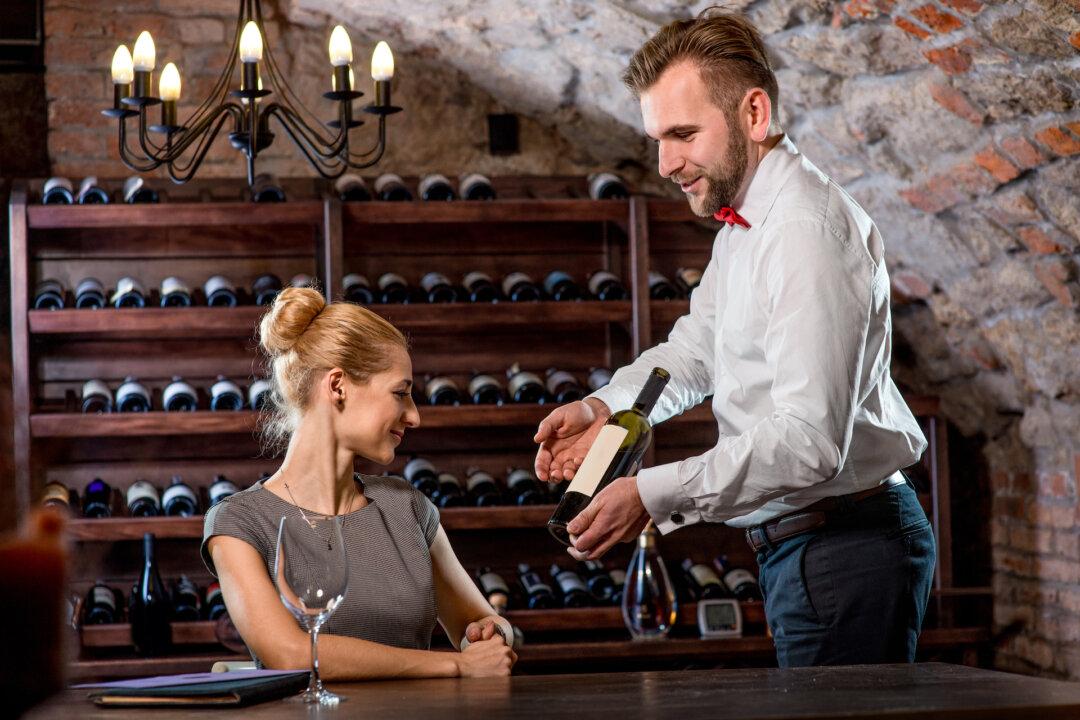At a three-star Paris restaurant, the wine list will be elaborate—filled with classic wines that are expensive—and the service and glassware will be impeccable.
The wine programs, obviously, are one of the features of such restaurants, and patrons generally expect a perfect experience (especially people who know a lot about wine), don’t mind paying a premium to get the best, and appreciate the attention to detail the staff provides.
By contrast, most simple European cafes usually don’t charge outrageous prices for wine, don’t provide classic glassware, and in most cases, the wine is rather ordinary but tasty. In many country cafes, the wine (usually local) is included; it’s considered part of the meal.
Americans aren’t generally savvy about wine, and the result can lead to a bit of arrogance on the part of cafe owners who usually charge more than they ought to for ordinary wine.
The sad fact is that the simplest restaurants in this country often try to pass off ordinary wine at inflated prices. I find that much of this stuff doesn’t make any sense in terms of quality. It’s extremely difficult in a short space like this to generalize about why most consumers are getting ripped off.
But in many cases, we are.
Since the end of the COVID-19 shutdowns that devastated the restaurant industry, I’ve noticed that wines by the glass seem to be priced higher than they had been before the pandemic hit. It used to be common to get a decent glass of wine for about $7 to $9. The wine hasn’t improved appreciably (many have declined), but prices have gone up to $11 to $15.
And the amount of wine we’re getting seems to be less than it had been.
I appreciate that running a restaurant can be like walking on a financial tightrope, and carrying a large inventory of wine is a financial burden. So most restaurants don’t have large inventories (space in cafes is limited). Many must rely on wholesale companies to provide just-in-time deliveries.
Which means, of course, that red wines calling for a little bottle age are being offered to the public far too young to be fully appreciated. And often at prices three times the suggested retail—not a good value for consumers.
Your best strategy when dining at simple restaurants is to order wines about which you know something. Although that’s a sound strategy, restaurants love to offer wines with brand names no one has ever heard of before, so the mediocre quality and poor value aren’t readily identifiable.
Restaurant owners reading this might consider me a spoilsport, but maybe the truth is hard to see in print. A glass of wine that costs you $12 for 4 1/2 ounces probably ended up costing the restaurant about $10 for the entire bottle—or even less. A restaurant industry truism is that good wine-by-the-glass programs start with the price of a glass of wine equaling the bottle cost to the restaurant.
Restaurant management schools usually have at least a brief discussion about why the wine list is a significant profit center. I have no problem with restaurants making a decent margin on wine.
But when the price of a bottle of wine is three times the price of the average entrée, at some point consumers decide that enough is enough. Many people I know have decided that dining out is simply not practical anymore from a financial point of view.





